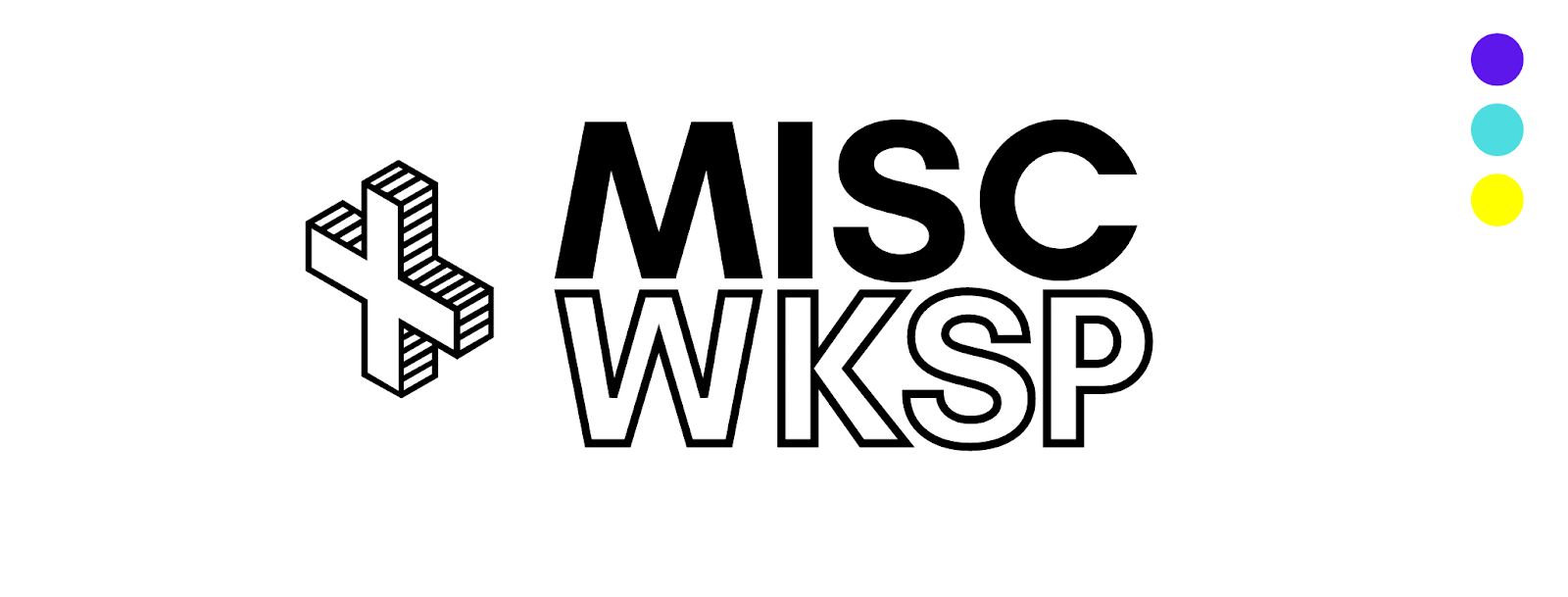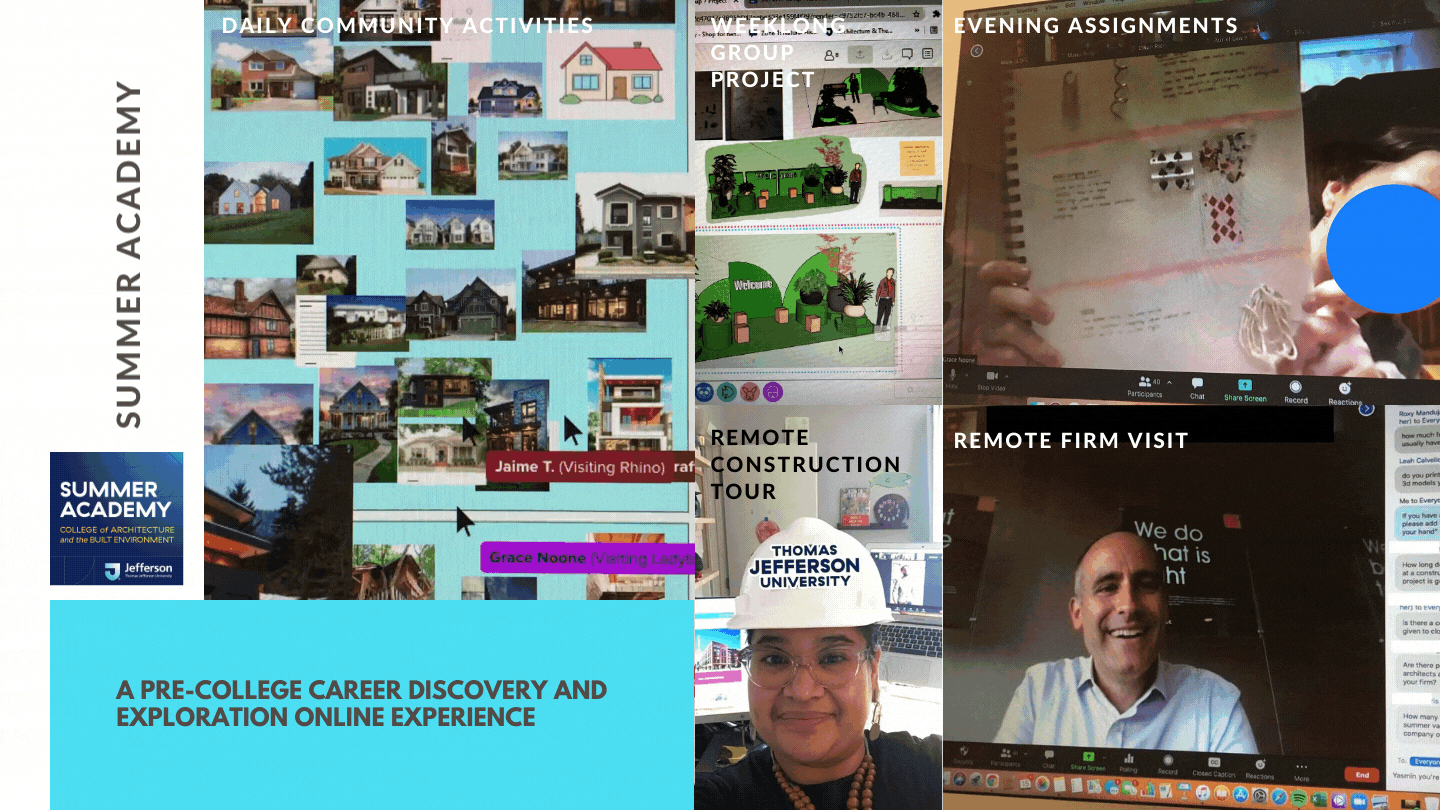How do I capture all of it?
I just concluded the second week of the Architecture and The Built Environment Summer Academy, a pre-college experience for high school students, at Thomas Jefferson University. Although I didn’t teach this week, only seeing students for fifteen minutes to start their day and coordinate their 30-minute mentoring session, I was able to talk more with the faculty and discuss their experiences and add to my “lessons learned” list that I began shortly after I started working on the development of this program. Additionally, I visited each faculty’s online classroom during final presentations and it was amazing how much the students learned just a week after their Career Discovery Week with me.
Upon reflection this week, my biggest challenge is how to capture the mentors' perspectives and experiences in a similarly robust and insightful fashion. I'd like to engage with them in some sort of reflection, but I'm not sure if asking them to create a video, narrative, or audio recording is too much which is the option I gave to the students. Or if a survey would better accommodate their already busy schedule? Right now, the best approach I can think of having a conversation and recording session with all of them on a video call. Then we can sense their excitement and support, but I also want constructive feedback from them. The students had nothing but compliments and gratitude for the time they shared with us. I do, however, have a plan to reach out to the mentors and share quotes from the students. It may open the door to the response I am hoping to receive from them. Although, not a streamlined effort and accommodating to many than one, I could offer the spectrum of ways to reflect to best capture the mentor experience.
This week's activities to establish our problem statement for our business concept was very liberating. I decided to sketch my mind map to allow for a more fluid and scattered process I enjoy when I know my brain moves faster than my mouth and hand. What came of it is an exploration of a conflict in the public and in the profession regarding design. Additionally, between conversations and these exercises, I feel like I was able to distill once again why I am even considering a design gym for a business concept with goals, descriptions, and audiences.
How might we gain more BIPOC* representation for the various disciplines in the design** industry so that all communities can benefit from increasingly diverse and inclusive perspectives?
Design can solve problems, but not everyone knows that (or why it can).
*BIPOC – Black, Indigenous, People of Color
**Design industry/fields/disciplines - is defined as the following: graphic, digital, industrial, textile, fashion, architecture (incl. landscape and interiors)
Right now I have a few more resources to read through and schedule out some empathy interviews about the industry and its lack of inclusion, but then also scheduling additional empathy interviews after my week of teaching Summer Academy. Until next time, be well!

